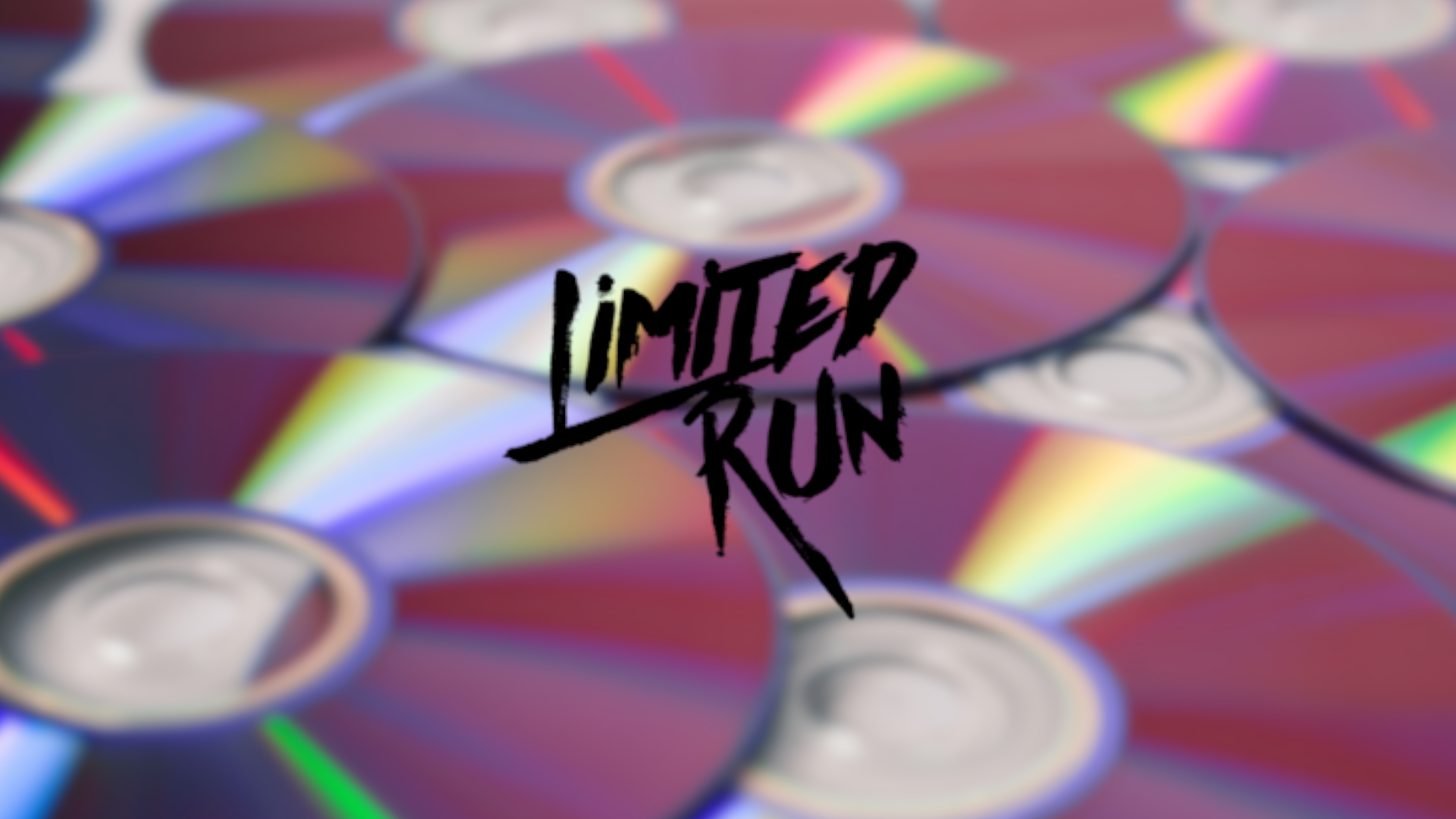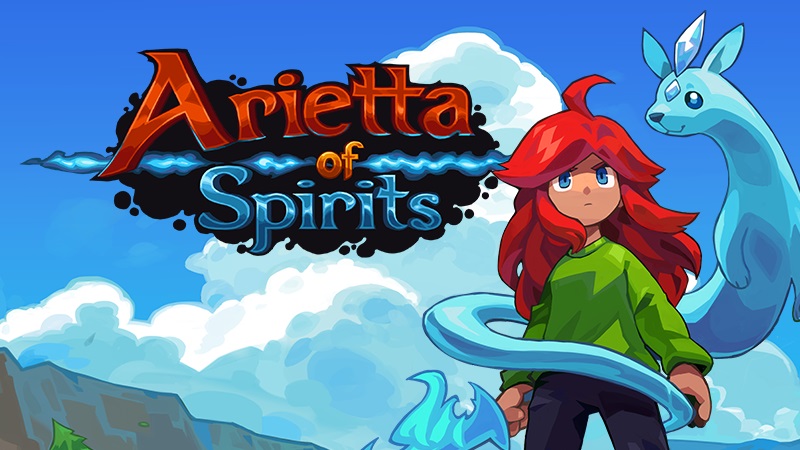Share
I recently finished Pikmin 1 for the first time. It’s an absolutely lovely game, and a brilliant beginning to one of Nintendo’s most overlooked franchises. I’ve long been a fair weather fan of the series, but I had never actually finished one of the games until Pikmin 3 Deluxe came to Switch. After rolling credits on what I’d now consider to be one of Nintendo’s best games, I knew that I needed to circle back around to prior Pikmin entries and finally finish them, after having played each to some degree in my life.
So, I picked up the New Play Control! version of Pikmin 1 on the Wii U eShop and zipped through the game in just three sittings. While I remembered certain elements of the title from when I dabbled in it last, I had completely forgotten just how clever the game’s design is. And, I think that cleverness is obvious from the jump, as Pikmin’s first in-game day is among the best-designed opening sequences of any Nintendo title.
To that point, I’d consider the first ten minutes of the game at the Impact Site to be on par with World 1-1 of Super Mario Bros. That stage is widely regarded as one of the industry’s finest examples of design. Everything in 1-1 is deliberately placed, from the first Goomba to the first mushroom, to environmental geometry that force the latter to make contact with Mario after you learn to jump on the former. It really is a treat getting to hear Mr. Miyamoto discuss this bit of design in detail, as it unlocks a higher understanding of just why screens like these are so meticulously assembled. Super Mario Bros. does its teaching contextually and through player-driven mechanical interactions.

Now, it isn’t like Nintendo R&D4 had much choice as to how to introduce its players to these rules back in 1985. Either you communicated your tutorial through gameplay like this or you shoved it all in the manual. NES game design was all about the economy of space due to hardware limitations. As the industry grew and games became bigger on the whole, they started to have more space for narratives of scope, and the trend of plodding, overt tutorials became more prevalent. More time to chew on a storyline often meant more time spent at the start before really getting into the action.
strategic storytelling
I really take issue with this nowadays, as modern tutorials are just becoming incredibly overbearing in many instances. When I start up a game, I want to get right into the action, not be dragged through a protracted story sequence which drip feeds gameplay basics, which is why I dug Final Fantasy VII Remake immediately but went cross-eyed forty-five minutes into Tales of Arise, for example. But, this is a problem that can certainly be traced backward too. The modern, tutorialized grip really started to take hold around the sixth generation, I’d wager. Pikmin totally dodges this plague though, putting the player right into the midst of the action with a very old-school approach to introduction that still integrates a more modern emphasis on storytelling.
It all begins with a short cutscene of Captain Olimar’s ship, the S.S. Dolphin, being hit by a comet and sent careening down in a shower of fiery ship parts to the planet below. Pretty much immediately, you’re on the sticks and navigating Olimar out of the wreckage. At the same time, you’re introduced to the primary mode of storytelling in Pikmin: narration. Now, this is Nintendo we’re talking about so it isn’t a voice-over, but instead Olimar’s written monolog. While it can be a bit overbearing on day one here at the Impact Site, it’s also a great way to feed otherwise immersion-breaking gameplay concepts to the player through in-universe storytelling.

See, as Olimar approaches the Pikmin Onion or the first red Pikmin, he’ll explain on a meta-level how the game controls and how you interact with the Pikmin through his perspective as a stranded man of science. So, Olimar will remark about things like how to pluck Pikmin, but he’ll do that with the context of being curious about their biology. These instructions read more as field notes than straight-up game instructions, even though they clearly are the latter. Olimar even throws in the occasional quip that endears the player to his struggle, remarking that his wife thinks he’s bad at routine tasks or that the Pikmin look like a brand of carrot from back home. In a game where tired Pikmin will lie down on the ground and do the Jeff Goldblum, these sorts of zany asides from Olimar help to immediately establish the tone.
guidance through gameplay
They also comprise pretty much all of the non-interactive teaching in that first day, aside from a handful of seconds-long cutscenes. By and large, Pikmin’s first in-game day leaves the player to their devices. But, it also subtly guides them at the same time. Take, for instance, the color-coded Pikmin pellet marked with a bright 1 next to the Onion. It invites the player to throw their sole Pikmin at it, which then leads to the Pikmin destroying the flower holding the pellet before automatically delivering its seed to the Onion. Immediately, this single action instructs the player on how to grow Pikmin, and on a larger scale, how the Pikmin can solve environmental challenges.
The small but nonetheless open area of the Impact Site also demonstrates how important exploration is to the gameplay loop, as other Pikmin pellets are tucked into its various nooks and crannies. These aren’t only 1 pellets, as there is a 5 pellet to collect also, which tacitly illustrates how Pikmin management also lies at the heart of the adventure. This all culminates in the player accumulating enough Pikmin to move the cardboard box blocking Olimar from the S.S. Dolphin’s engine, which is smartly labeled with a 10, suggesting that, like the 5 pellet, moving this will require a larger Pikmin force.

In the context of the small starting area, the game offers a low-stakes environment to experiment with Pikmin interactions and learn gameplay systems through the sort of experimentation that a scientist such as Olimar would realistically participate in regularly. It’s all rather smart. And this sort of learning is rather condensed too, occurring in a matter of minutes. The day ends with Olimar sending his mass of Pikmin to the engine, who then carry it back to the ship. With the engine in hand the day ends, introducing the final gameplay element: the day-night cycle, something that becomes omnipresent from day two on. This all establishes a routine for the player: grow Pikmin, solve puzzles, find ship parts, and repeat.
setting the stage
This truly is a remarkable way to begin the game. It equips the player with every requisite tool, because from here on out Olimar, and the player, are largely on their own. Pikmin types are introduced through light cutscenes and Olimar still gives hints in his daily report after each sunset. Nonetheless, these are additive bits of guidance that are the exception not the rule. Pikmin conveys information through its environments. By leading with an action-driven, gameplay-focused tutorial laced with in-universe storytelling that shows the player how to proceed, they’re immediately prepared for the journey ahead. These first minutes are concise and smart.
Pikmin embodies my favorite sort of design. I believe that video games tell their stories best through interactivity. That’s the unique affordance of the medium. Adopting cinematic introductions complete with narrative-mediated tutorialization has its place, but it’s so refreshing to see a game like Pikmin lean into environmental and mechanical storytelling which helps its player learn its systems. I’ve a Naughty Dog megafan so I’m no stranger to filmic pacing and structure, but Pikmin’s structure is the sort of philosophy that I love. There’s space for both, I just don’t want the former to subsume the latter as cinematic tenets become the industry’s fixation. More tutorial structures like those found in Pikmin, or more contemporarily, titles like Breath of the Wild, leverage what make games unique. And, there are few things more unique than Pikmin.




